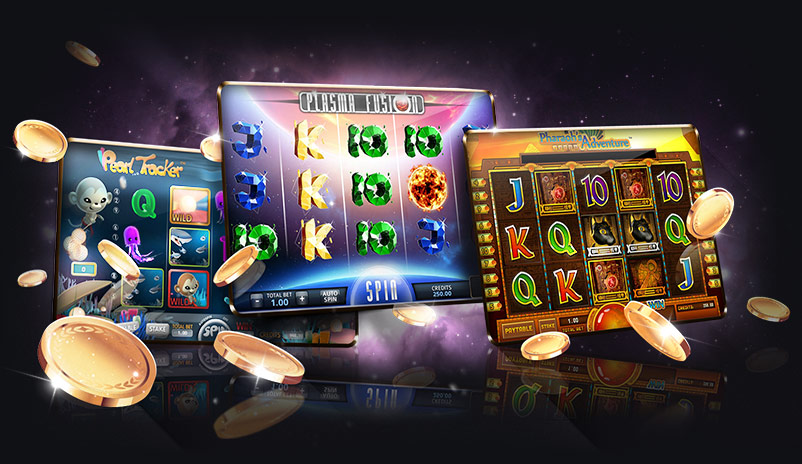
Historically, slot machines have been only found in small establishments and casinos. In 1992, however, slot clubs began to emerge in Russia. They were based on mechanical slot machines, but had additional features and bonuses.
The most popular slot club was the Vulcan 777. It featured a seven payline machine, with a unique design. The jackpot was a fixed amount, which was increased by the number of coins played. In addition to the payout, players also enjoyed special winning scenes on an LCD display. This game was developed by Play’n Go. The game is also available on the Internet.
Slot machines can be found at many casinos in the United States. While each state has its own set of regulations, most states have a gaming control board that regulates the games. Some states only allow slot machines that were manufactured before a certain date, while others allow slot machines of any age. In most cases, the machines are activated by a lever or button. They accept paper tickets with barcodes. The payout is usually listed on the machine’s face or in the help menu.
The concept of a slot machine traces its roots to the first machines, which used five reels. These reels could hold up to 1062 combinations, including combinations of symbols. The symbols in these machines were usually fruit or bells. The game also used tilt switches, which triggered an alarm when the switch was tampered with. In addition, the reels could only hold a maximum number of coins. This meant that the payouts were a lot smaller.
In the mid-1920s, mechanical slot machines began to develop. Manufacturers were able to make the machines more reliable, but the odds were not good for gamblers. The slots were designed to use a weighted symbol system, which made it more likely that a symbol would appear more often than not. This added to the number of possible combinations, but also made it more likely that symbols would be lost.
Eventually, manufacturers incorporated electronics into their slot machines, which were then incorporated into their games. In the 1980s, the manufacturers started to incorporate more interactive elements into their games. Typically, the machines were programmed to assign different probabilities to the symbols, which improved payout chances when players increased their wagers. In addition, some video slots feature features that increase the payout chances with increased wagers.
In 2010, the Colorado Gaming Commission studied machine records and found several software errors. It also found that the true jackpots were significantly smaller than advertised. The commission reported that two Colorado casinos had jackpots that were not correct. This resulted in disputes between slot players and casinos.
The theoretical payout percentage is set at the factory when the software is written. This is a time-consuming process, which involves physically swapping the software from one machine to another. However, in most cases, slot machines malfunction unnoticed. The most common problem is that the amount displayed on the machine is not sufficient to win the jackpot.